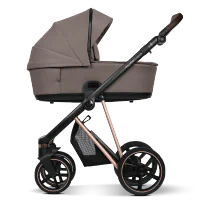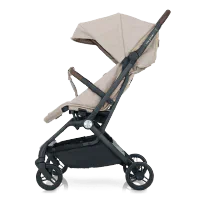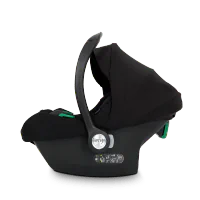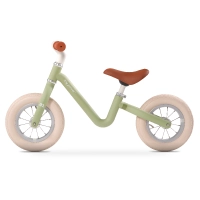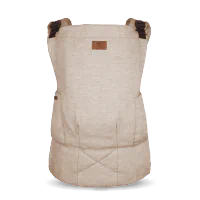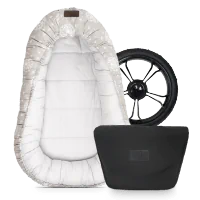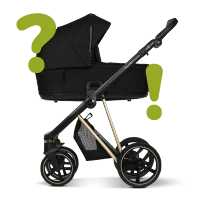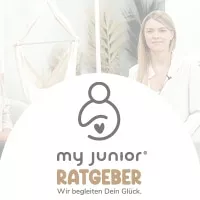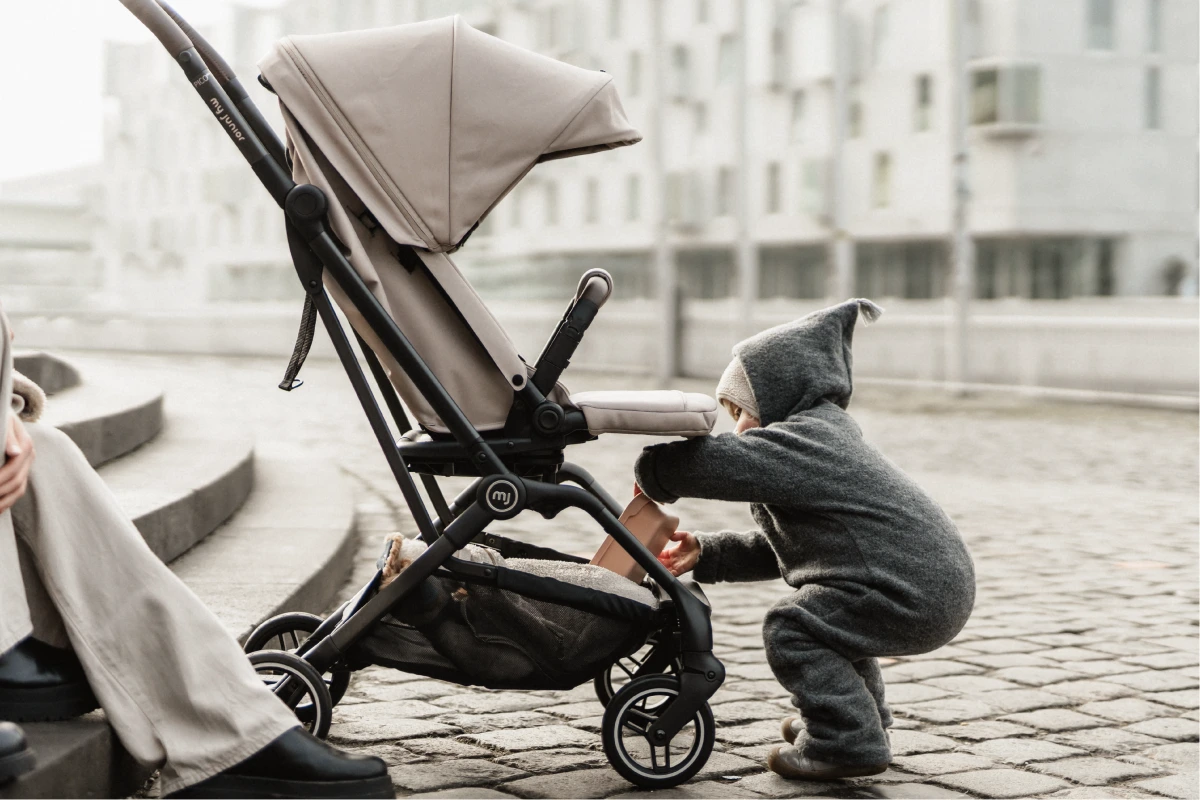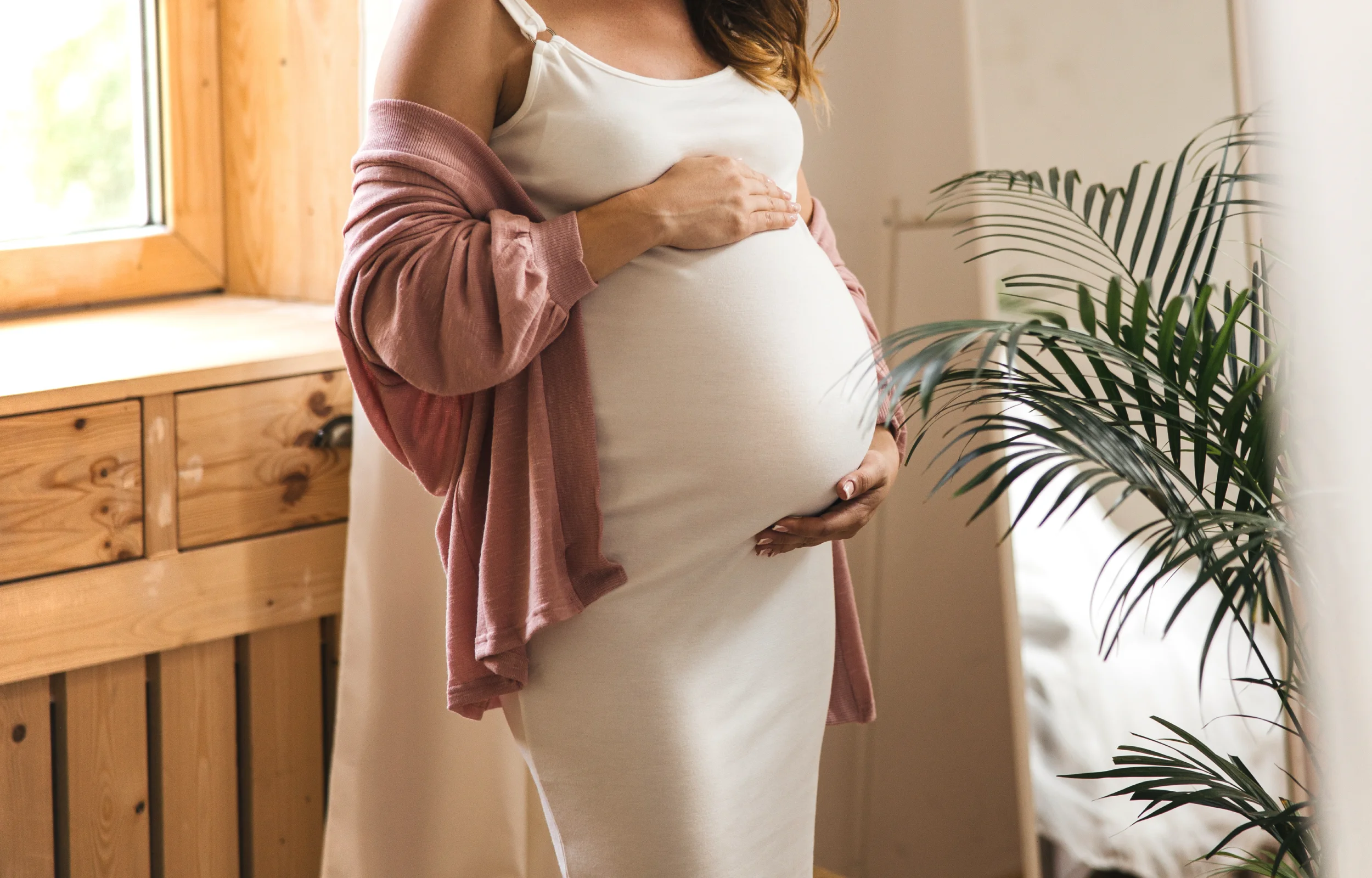
When should you switch from a baby car seat to a child car seat?
Your little bundle of joy is growing and thriving, and suddenly you find yourself asking the crucial question: Does the baby car seat still fit at all? Moving up to the next child car seat is a significant milestone that often leaves parents feeling uncertain. But don’t worry, we’re here to support you and show you what really matters. After all, your child’s safety in the car is our top priority.
When is the right time to switch from the baby car seat to the child car seat?
Forget about general recommendations. Whether your baby car seat is too small depends on three clear, physical signs. As soon as any one of these applies, it’s time to switch.
Height: The head extends beyond the edge of the baby car seat
The most important criterion is the distance between your child’s head and the top edge of the baby car seat. The head must never protrude above the protective headrest or shell edge. Only then is your child’s sensitive head and neck area optimally protected in the event of a collision. Check regularly that there are still at least two finger widths of space between the crown of the head and the edge of the seat.
Most baby car seats are classified as Group 0 or 0+, and are therefore designed for the first months of life from birth. In addition to height, the maximum size also matters. Once it has been exceeded, the seat is no longer safe.
Weight – The approved upper limit has been reached
Every baby car seat is approved for a specific weight class. For seats under the older standard ECE R44/04, this limit is usually 13 kg. With modern i-Size seats (ECE R129), the maximum height is decisive, but even here there is a maximum weight you must not exceed. You can find this information on the orange certification label on the seat.
It is important to follow the recommendations of the specific child seat manufacturer exactly. Only then can you be sure that your child is travelling in the right child restraint system.
The harness position: The shoulder straps come from below
The shoulder straps should always come out of the shell at shoulder height or just above. If you have set the headrest and straps to the highest possible position and the straps are still coming from below your child's shoulders, the infant carrier is definitely too small. The strap can then no longer hold your child securely in the seat.
Equally important: Comfort factor and upright position for your baby
When your little one becomes more active, they often show a desire to discover the world in a more upright position. This can be a sign that the flat lying position in the baby seat is no longer ideal. Before making the switch, be sure to check whether your baby is already big enough for the next seat, or opt for a rear-facing seat like the my junior® CYRO 360° i-Size Reboarder, which offers safe comfort from birth.
Why you shouldn't switch to a child seat too early
The impulse to switch quickly is understandable, but changing too early is dangerous, as a baby's neck muscles are not yet fully developed. Only from the age of at least 15 months (according to the i-Size regulation) may a child in many cases be seated facing forwards and in the next-stage seat.
In a rear-facing infant carrier, the enormous forces in a frontal collision are distributed across the entire back. In a forward-facing seat, the heavy head would be thrown forwards, which can lead to severe spinal injuries.
Also bear in mind: The correct securing of your child is not only a matter of safety, but is also governed by clear legal regulations. Switching too early or incorrectly can nullify the protective effect. Therefore, the motto is: Keep your child rear-facing for as long as possible.
The next seat: Which child car seat comes after the infant carrier?
After the infant carrier, the safest choice is a so-called rear-facing car seat. These seats are also installed facing away from the direction of travel and offer your child the best possible protection up to the age of about four years.
Reboarder after the infant carrier: The safest choice for little explorers
A rear-facing seat like the my junior® CYRO 360° i-Size is the ideal solution after the infant carrier. It meets the strict child seat standard according to ECE R129, which also forms the basis for demanding consumer tests such as those conducted by the ADAC. This standard takes into account not only weight but also height and requires a rigorous side impact test.
The practical 360° swivel function makes it much easier for you to place your child in the seat and buckle them up: a blessing for your back. Especially for toddlers, the adjustable backrest is of great value, as it provides more comfort and supports an ergonomic posture.
An overview of the i-Size standards for child car seats: i-Size (R129) vs. ECE R44/04 simply explained
i-Size (UN R129): The more recent, safer standard. It classifies seats according to height, mandates rear-facing travel until at least 15 months, and includes stricter crash tests.
ECE R44/04: The older standard, which classifies seats into groups according to weight (e.g. Group 1: 9–18 kg, Group 2: 15–25 kg). The sale of new seats under this standard has not been permitted since September 2023, but existing seats may continue to be used.
This makes it clear how important it is to familiarise oneself with the different child seat standards and their regulations before choosing a new model.
Overview of Switching from an Infant Carrier to a Child Car Seat
The transition to the next seating stage does not depend on a single criterion, but on many factors such as height, weight, and seating direction. To ensure you have everything at a glance, here is a clear summary of the most important points for a safe changeover.
Overview of Switching from an Infant Carrier to a Child Car Seat
The transition to the next seating stage does not depend on a single criterion, but on many factors such as height, weight, and seating direction. To ensure you have everything at a glance, here is a clear summary of the most important points for a safe changeover.
Overview of Switching from an Infant Carrier to a Child Car Seat
The transition to the next seating stage does not depend on a single criterion, but on many factors such as height, weight, and seating direction. To ensure you have everything at a glance, here is a clear summary of the most important points for a safe changeover.
| Criterion | When to change? | Tip |
|---|---|---|
| Head/back measurement | If they touch or cross the shell | Check the distance regularly |
| Weight | Observe the manufacturer's recommendation | Have the manual at hand |
| Seating direction | Remain rear-facing (i-Size) for at least 15 months | Reboarders can make this possible for longer |
| Safety standard | Prefer i-Size or ADAC Plus tests | Pay attention to Isofix system, support leg or top tether |
| Clothing | No thick jackets, better to use a layering system. | The belt must fit snugly against the body. |
Find out more about topics such as “From what age can your child travel without a child seat?” or “Where are babies safest in the car?” – here you will learn how long child seats are required by law and which seating position offers the best protection for your child.
Frequently Asked Questions about Switching from the Infant Carrier to the Child Car Seat
Does my child already need to be able to sit freely in the child seat?
No, that is not absolutely necessary. A modern rear-facing car seat provides a stable and ergonomic sitting or lying position, which is also suitable for babies whose motor skills are not yet fully developed. What is important is that your child can hold their head steadily and that the aforementioned criteria for when to change seats have been met.
What is the difference between Isofix and seat belt attachment?
Isofix is a standardised fastening system with fixed anchorage points in the vehicle body. An Isofix base station, such as the Base Capsule 360°, is installed securely in the car once. The child seat is then simply clicked into place. This minimises the risk of incorrect installation and ensures an extremely secure connection. Securing with the car seatbelt is more flexible, but also more prone to error.
Are there differences between infant carriers and child seats when it comes to sleeping comfort?
Yes: Subsequent seats usually offer more reclining and seating positions, allowing your child to sleep more comfortably, especially on longer car journeys.
How can the transition from the baby car seat to the child seat be made as smooth as possible?
So that your child experiences the transition in a relaxed manner, it’s worthwhile to explore the new seat together before the first car journey. For example, place it in the living room and let your little one sit in it. This creates a sense of familiarity and makes the change much easier.
Is it worth buying a growing child car seat instead of a dedicated follow-on seat?
Many parents opt for adjustable seats because they can be used for longer and adapt to the child's size and weight. This saves you having to buy new ones later on. Some seats can even be converted into booster seats. Ideal when your child outgrows their first selection of child seats.

 Pushchair
Pushchair 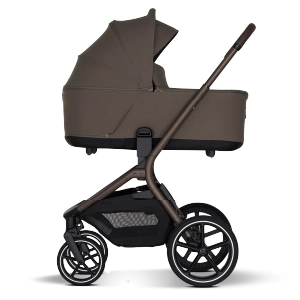 MAVI
MAVI 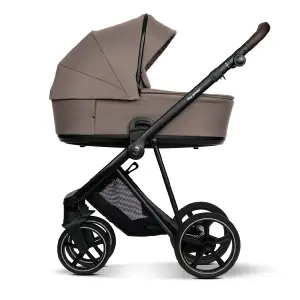 VIGO²
VIGO² 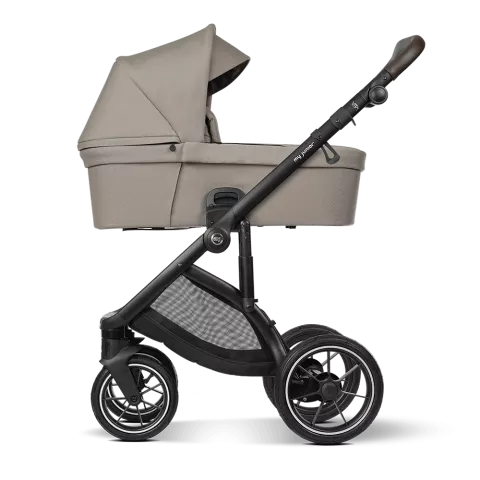 VITA unique³
VITA unique³ 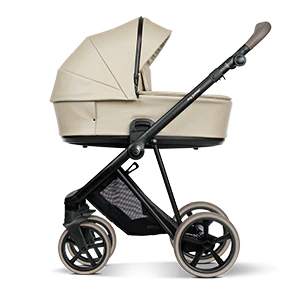 VIGO² Alcantara
VIGO² Alcantara 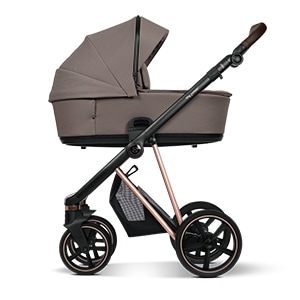 VIGO
VIGO 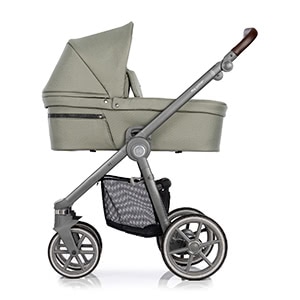 VITA HOPE
VITA HOPE  VITA unique²
VITA unique²  PICO³ with tub
PICO³ with tub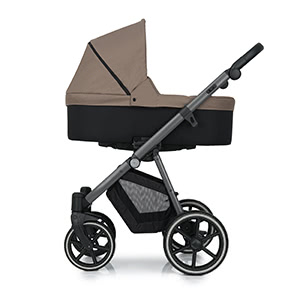 NOAX²
NOAX² 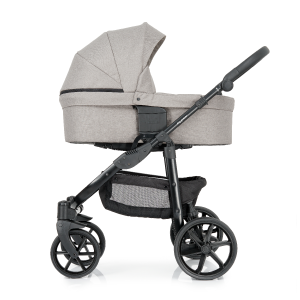 MIYO²
MIYO² 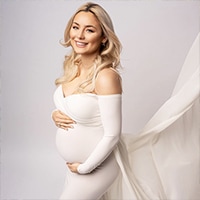 Pram tests
Pram tests 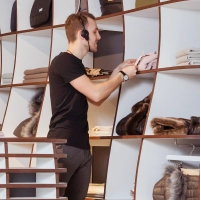 Consultation
Consultation 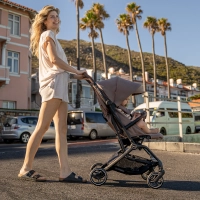 Buggies
Buggies 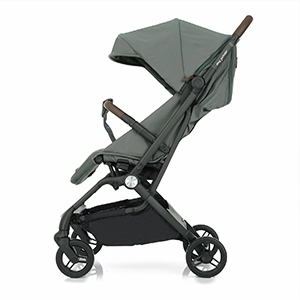 PICO³
PICO³ 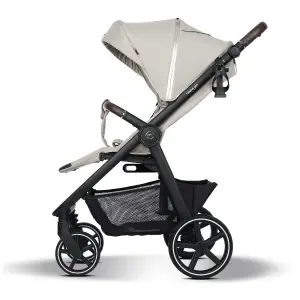 PLIA²
PLIA² 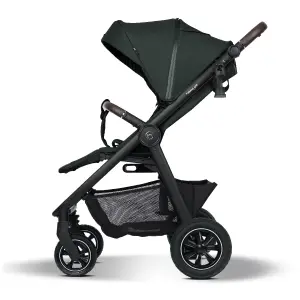 PLIA² Air
PLIA² Air 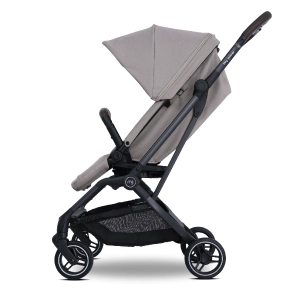 PICO³⁶⁰
PICO³⁶⁰  PICO³ with tub
PICO³ with tub 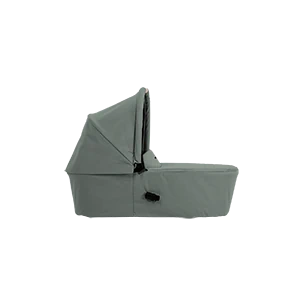 PICO tub
PICO tub 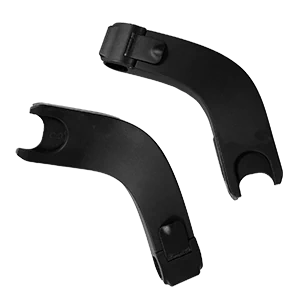 PICO infant car seat adapter
PICO infant car seat adapter 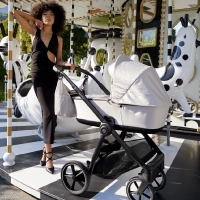 Limited Editions
Limited Editions 
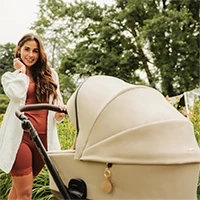
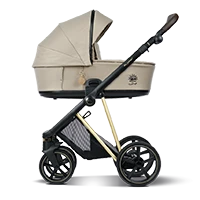

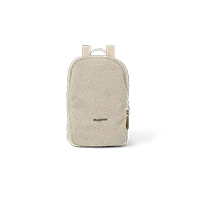
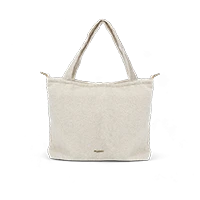

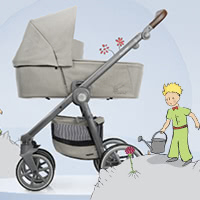
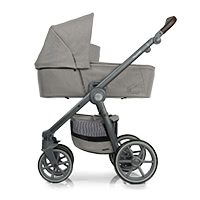

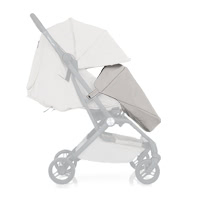

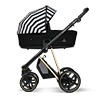 VIGO
VIGO 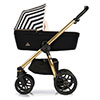 VITA HOPE
VITA HOPE 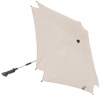 Limited Edition Parasol
Limited Edition Parasol 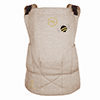 Limited Edition Baby Carrier
Limited Edition Baby Carrier 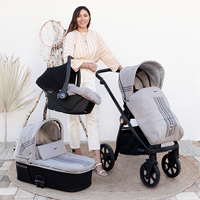
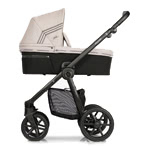 VITA HOPE
VITA HOPE 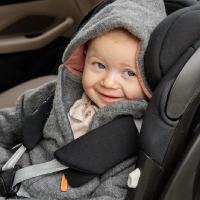 Child seats
Child seats 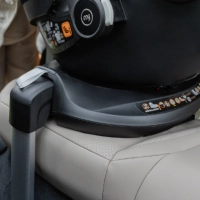 All Isofix Bases
All Isofix Bases 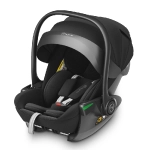 AURAᵉʳᵍᵒ
AURAᵉʳᵍᵒ 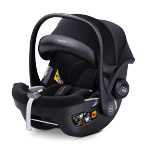 Aura Pro
Aura Pro 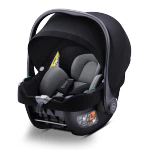 Beam
Beam 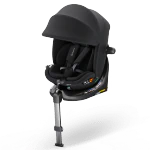 Cyro 360
Cyro 360 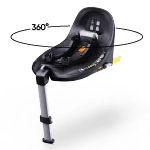 Base 360
Base 360 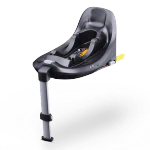 Base Static
Base Static 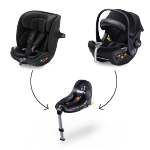 Capsule System
Bundle
Capsule System
Bundle 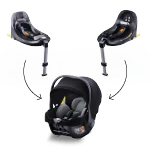 Beam Bundle
Beam Bundle 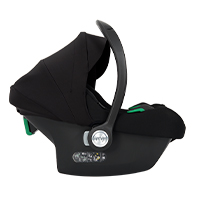 Avionaut Cosmo
Avionaut Cosmo 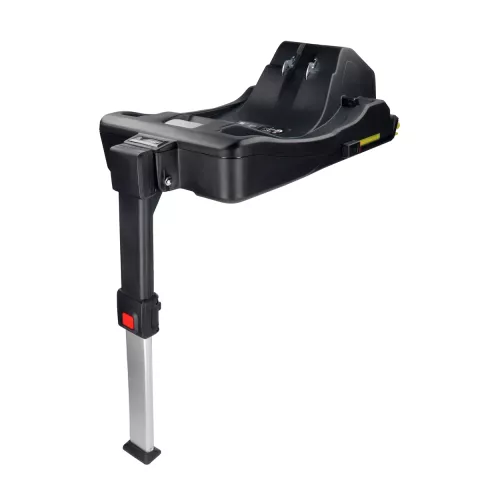
 Black Friday Sale
Black Friday Sale
 Reviews
Reviews 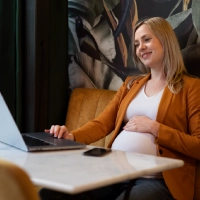 Read reviews
Read reviews  Write a review
Write a review 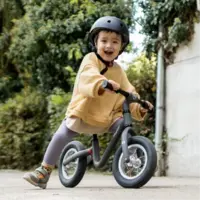
 Home
Home  Fabric sample
Fabric sample 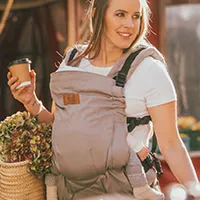 Baby carriers
Baby carriers 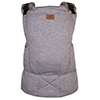 LUVA
LUVA 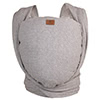 NAMI
NAMI 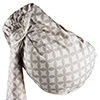 NAMI with ring
NAMI with ring 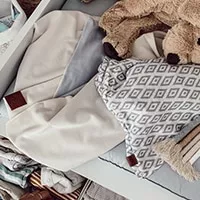 Accessories
Accessories 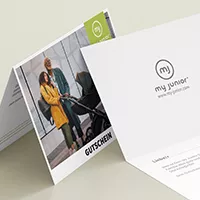 Vouchers
Vouchers  Discover my junior®
Discover my junior®  About us
About us  In your vicinity
In your vicinity 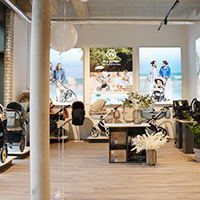 All my junior
All my junior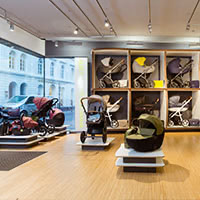 Flagship Store
Aachen
Flagship Store
Aachen 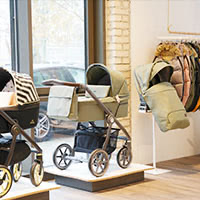 Flagship Store
Hamburg
Flagship Store
Hamburg 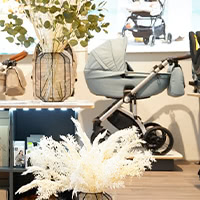 Flagship Store
Salzburg
Flagship Store
Salzburg  Flagship Store Binzen
Flagship Store Binzen
 Flagship Store
Krefeld
Flagship Store
Krefeld 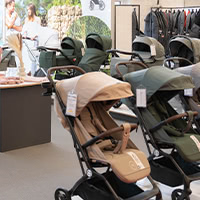 Studio Cologne
Studio Cologne  Studio Trier
Studio Trier 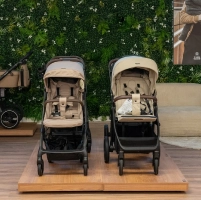 Studio Braunschweig
Studio Braunschweig
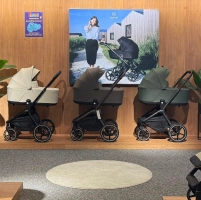 Studio Metzingen
Studio Metzingen
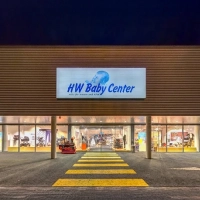 my junior® pram in
Switzerland
my junior® pram in
Switzerland  Help and Contact
Help and Contact  Useful
Useful  Career
Career  Press
Press 


